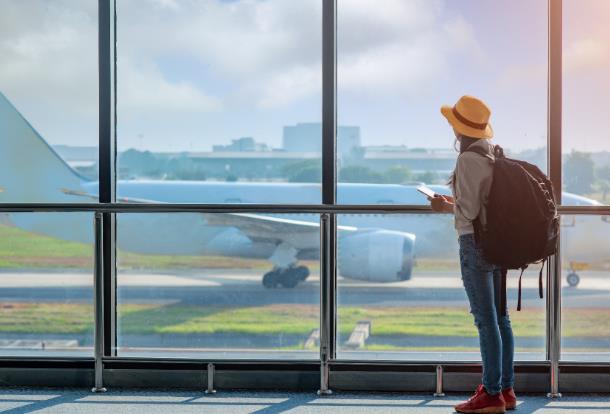Have you ever heard of the term “distressed passengers?”
“Distressed passengers” is the industry name for airline customers who find themselves stranded in an airport overnight, waiting in customer service queues, or taking uncomfortable rides to distant hotels.
What about “walked guest?”
That’s the poor guy who shows up the night of a conference, eager to get a place to sleep but forced to relocate to another hotel.
This is no niche problem — there are 65 million distressed passengers in the US per year, and for one of the biggest hotel brands out there, with 600 properties and approximately 12,000 walks last year, estimated impact of bad customer experience was $60 million.
Yes, these painful travel issues have plagued the travel industry for decades, but their impact may be reaching a critical peak. Today, the voices of angry customers have become amplified by social media, and the voice of an unsatisfied customer is louder than ever.
At the same time, companies must strive harder to please — because with big marketing costs, the real revenue comes in with repeat purchases.
The stars are aligning to motivate some travel suppliers to do more to ensure positive customer experiences, and innovative startups are looking to provide them with solutions.
The airline industry term for unexpected delays and cancellations is IROPS (“irregular operations”). Whether it’s cancellations or flight-delays, these issues cost US passengers billions a year.
In the event of an IROP, policies vary. If it’s the airline’s fault, such as a broken plane, it is obligated to provide accommodation. If it’s an “act of God” a.k.a. the weather, airline customers fend for themselves.
As you can imagine, having your airplane delayed overnight isn’t a particularly pleasant experience. Airlines rarely provide rooms, or they provide uncomfortable rooms, or rooms so far away they are too inconvenient to get to. Oftentimes, grumpy passengers just choose to sleep on the airport floor.
In the hotel industry, a similar concept is the “walked” guest.
Hotels frequently book above capacity, which means that some guests get “walked”. Especially unfortunate — these passengers are usually the exhausted ones that arrive late. These customers have to wait in the lobby (often for hours), while agents scramble to find a hotel that has availability.
Since the payment process between hotels is less than smooth, hotels with availability aren’t super excited to receive these guests. This translates to a particularly poor customer experience at both properties.
The cost of these negative customer experiences is paramount. Big brands lose hundreds of millions of dollars due to customer churn and, importantly, negative mentions of poor customer service in social media that can harm a brand’s reputation.
When a customer gets stranded at an airport, or shuttled to a hotel two hours away, they aren’t going to blame the weather. From the customer’s perspective, not only did they pay for a service that they didn’t get, but they were also mistreated.
Customers understand that planes cannot always be on time, but they also have expectations about how they should be treated in such scenarios. If they have a negative experience, they will never book with that airline again.
This cuts at the foundation of today’s travel business model: customer lifetime value (CLV). The contemporary focus on CLV places the issues of loyalty and retention on the table of critical issues.
In today’s competitive landscape, the costs of acquiring customers has skyrocketed. Oftentimes, that customer’s first purchase barely covers the costs to bring them onboard. To turn a profit, businesses need customers to come back as often as possible.
Customers who don’t come back to make additional purchases are, in essence, a lost cause. That matters, because the CLV of some airline and hotel customers can be in the range of tens of thousands of dollars.
Airlines are making moves to improve customer service, but it’s important to focus on the things that matter. For example, an airline could try to get the best Hollywood movies on their flights, but complaints about movies aren’t what prompts social media rants that go viral.
Overbookings, cancellations, delays, and baggage loss — these are the reasons customers change their behavior. There are many people out there who do not fly airline X or check their bags because of their prior bad experience.
Airbnb, one of the biggest players in the travel industry today, is facing the same issue. When customers show up and the keys aren’t under the door, as was promised, or something is wrong with the property, frustrated guests find themselves in need of hotel rooms as well.
If airlines and hotels really want to win, they must address the most powerful of poor customer experiences, such as IROPS and overbooking.
Despite that, the travel industry tends to overlook these issues, upset the passengers and pay very high cost for it.
We can’t eliminate IROPs or overbookings and we can’t control weather, but we can make an effort to improve passenger and guest experience.
It’s better to spend $200 on a better hotel room for your customer today and retain the relationship than lose them and not collect additional thousands of dollars of revenue they could bring tomorrow.
When will the industry learn?
Read original article




